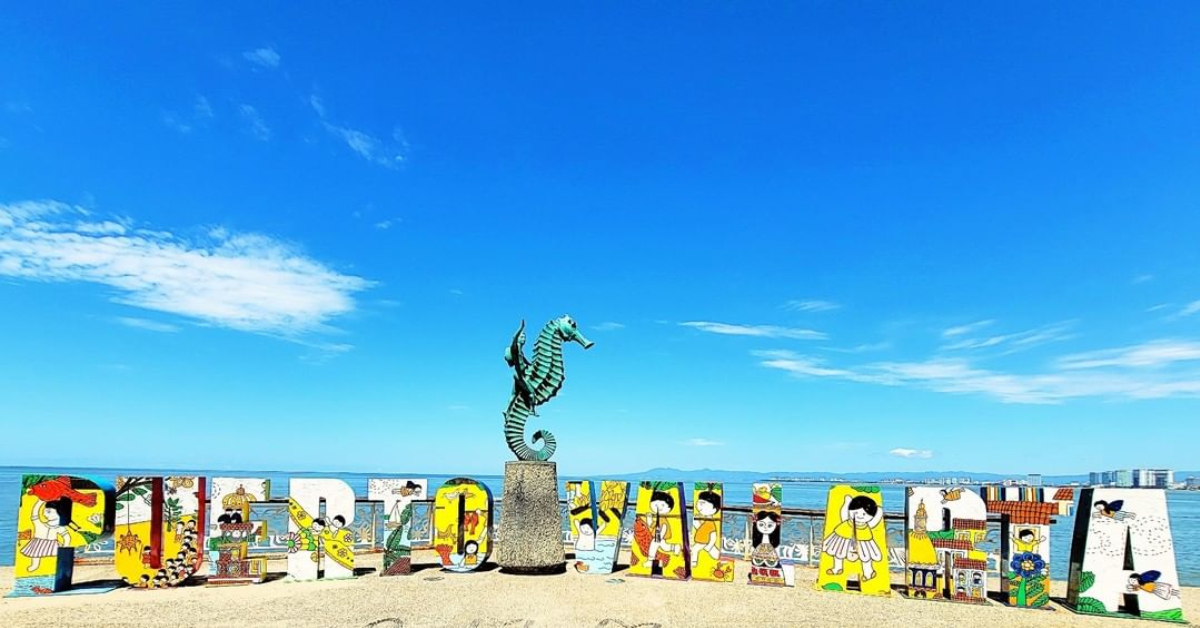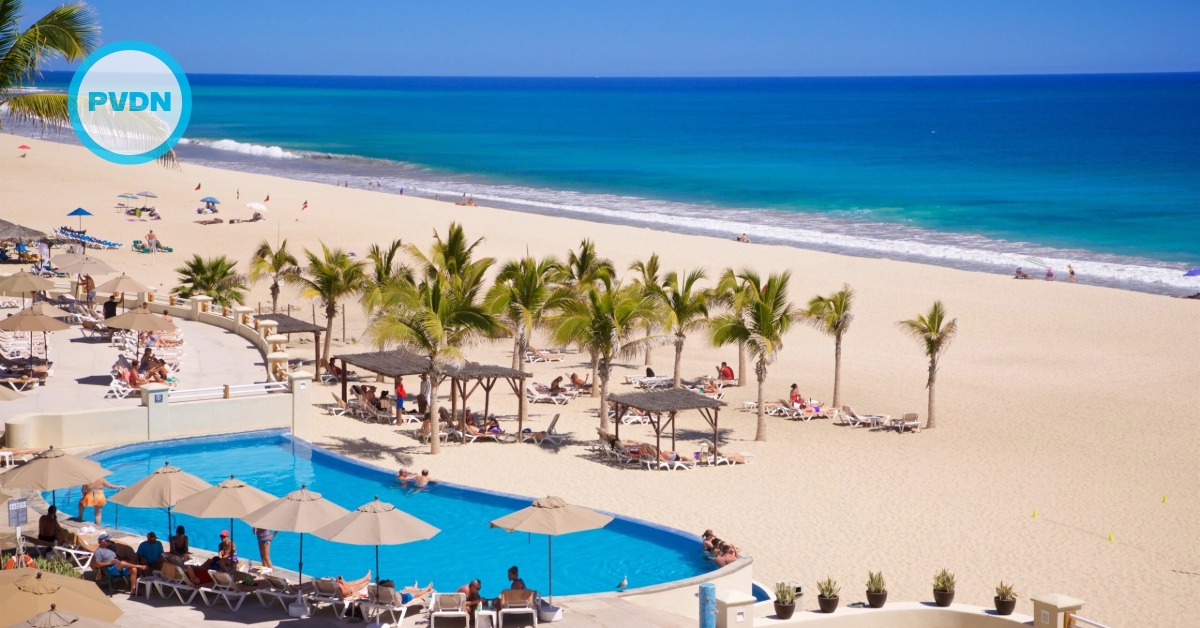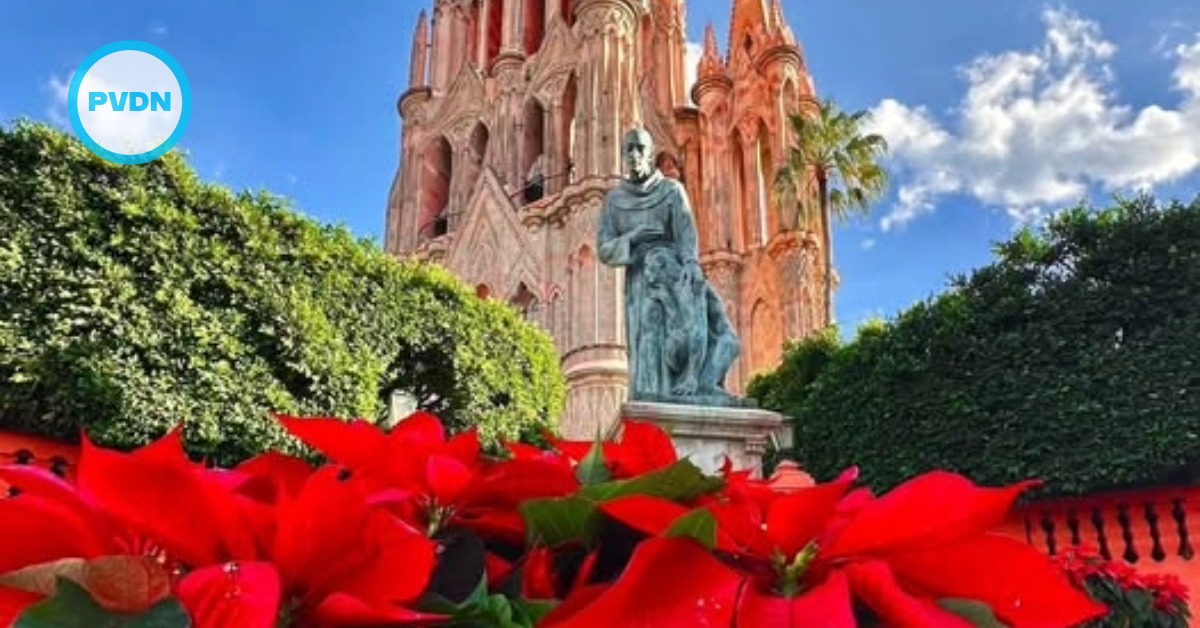Insecurity continues to be one of the issues that most worries Mexicans, since more and more citizens feel less safe in the locality where they live.
According to the National Urban Public Safety Survey (ENSU) prepared by the National Institute of Statistics and Geography (Inegi) last June, 67.4% of the population over 18 years of age considered it unsafe to live in their home city.
According to Inegi, this percentage represents a significant increase in relation to the percentage registered in March 2022, which was 66.2%.
The Institute detailed that during . . .






